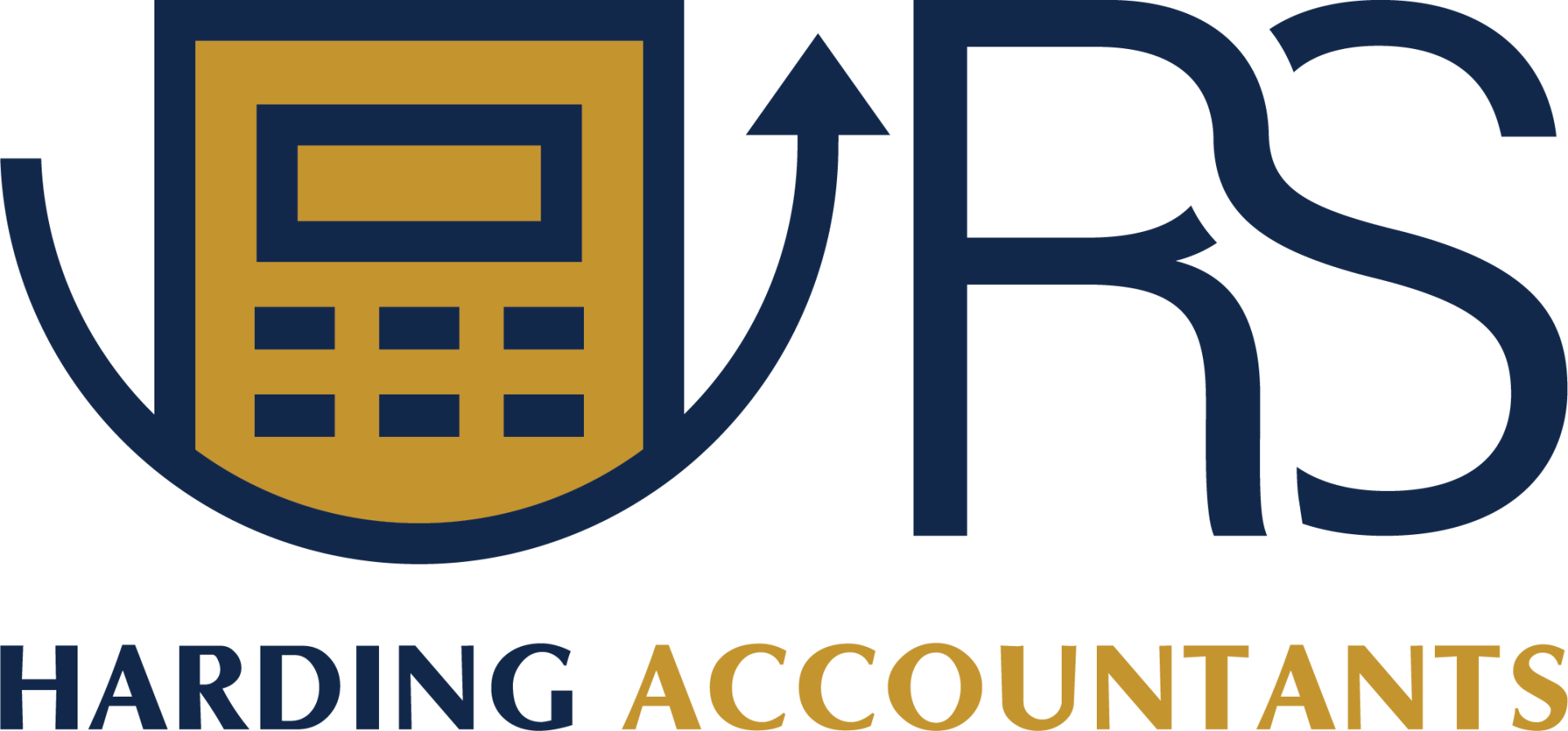Bob's journey through accounting
My Journey through 40 Years as an Accountant in Practice
My Journey through 40 Years as an Accountant in Practice
It is often said that the only things certain in life are death and taxes. To that I would add the fact that life is always changing and that the pace of change is increasing. I started work in accountancy in 1971 when I left school after my A-level exams and joined a local accountancy practice. I signed Indentures which was effectively a training contract for the next four years during which I was to be trained, study, take my exams and by the end of the contract I would hopefully be qualified. I was to be paid £9 per week for the first year and each year my wage was to increase by £1 per week. At this time the top rate of income tax was 90% on income in excess of £20,000 per annum (today’s equivalent approx £600,000).
When I started work all records were handwritten, clients would bring in their bank statements, cheque book stubs, paying in books, invoices and receipts together with any handwritten records they had maintained. It was then a process of going through the bank records and receipts to compile the relevant schedules and then prepare the accounts. Everything was done by hand and written down on paper or in account ledgers. For larger businesses it was necessary to visit the clients premises to check the records and prepare the accounts, from hand written ledgers maintained by them.
The only form of mechanisation at that time was an adding machine where when you had entered the numbers you had to pull a handle on the side to print the figures onto the paper roll to then give you a total at the end. All letters were dictated to a secretary who used shorthand (Pitmans) and accounts were then given in handwritten form to the typist who would type the final accounts and letters, on a typewriter, before being sent by post to the client and the Inland Revenue, using carbon paper to provide a copy for the firm with these copies being kept in files, carefully kept in a designated filing room for all clients. As you can imagine the room required to keep all these hardcopy documents became significant as time progressed.
Within six months of starting work the first electronic calculator arrived in the office, from memory an Olivetti machine which was followed by further calculators which gradually became smaller and quicker with more options other than purely carrying out additions. A short while later we changed to dictating letters in to hand held Dictaphones which the secretary would then take the tape and listen to the letter on a cassette player and type the letter (audio typing) still using a typewriter and carbon paper etc.
After completing the four years training and passing the relevant exams I qualified as a Chartered Accountant in 1976 and 2 years later I became a partner in the practice and in the mid-to late 70s the firm moved to using a computer system which was, at that time, starting to become commercially available for accountancy practices. I remember going to a training session at an existing business to be shown how these new computers worked and to be trained to adapt to using these machines instead of writing everything down. This was a major change in the way that we, as a firm, worked as it was the first step along the road to where we are now with computers and technology generally.
Around this time fax machines started to become available and be used by businesses so that documents could be transmitted much quicker than merely using the postal system. Although at the time fax machines were seen as cutting-edge technology, although we still have a fax line and machine in the office they are now very rarely used except by HM revenue and Customs who still have an aversion to communicating by email (this is a subject for the future).
In August 1985 I left the partnership and started trading under my own name and due to the continuing development of computer systems and programs I started with a PC straight away. Steadily over the years the computer systems and programs have developed so that there are now more accounting templates available to assist accountants in complying with the ever-changing need to keep up-to-date with legislative and technical changes.
The rate of development and change in the computer world has been well documented and the accounting profession has had to adapt to these changes in order to provide the service that clients require at a price which is competitive.
We are currently in a position whereby all PCs within the office are networked so that they have access to the main programs and can produce letters, schedules, accounts etc. on the screen, save these on the relevant client file for future reference if required. The availability of the Internet for both communication and research purposes has revolutionised the workplace so that we now communicate with clients by email and the use of hardcopy documents being sent through the post has diminished substantially.
Obviously confidentiality and security is a big issue which all of the profession have to deal with but it is obviously the way forward as nearly all clients are now connected to the Internet and communicate by email for the majority of their communications with us. The more recent developments occurring for the accountancy profession is the use of cloud accounting and direct access to the clients own records. This means that we can access the clients accounts records from our own office, provide assistance in real-time, or download copies onto our own system to prepare management and annual accounts etc. This is leading to a change in the manner in which accountants in practice will work in that not only will there be the preparation of accounts, tax returns etc. but greater emphasis will be towards ongoing advice and tax planning.
As part of the process of security for the business we now have all the practice data backed up every 15 seconds onto the cloud to ensure we have a viable disaster recovery program. Another development which we are considering adding to the service provided is to go onto Skype for clients who would prefer a face-to-face discussion rather than exchanging emails. We have been having conference telephone conversations with clients and their advisers for some years using telephone technology.
To show how technology can assist in both the business world and personal lives, as I was diagnosed with Multiple Sclerosis in 1979, I have been in a wheelchair for 25 years and I lost the use of my arms approximately 10 years ago, this whole article has been dictated using voice recognition software whereby I can dictate letters, emails, make phone calls, read magazines, articles and books (via Kindle).
After 40 years, I would say that the manner in which I now work has changed out of all recognition and the advent of technology and the Internet has meant that we now deal with a higher volume of activity than we ever could have done before, clients now expect matters to be dealt with quicker and this is a trend that will only continue. Despite all of the above changes I am a firm believer in that you have to embrace change and keep up-to-date in order to ensure that you, your business and your clients benefit from these advances and changes. Having said all of this it is vital to remember that every client is an individual having their own individual needs and requirements to which the technology needs to be adapted to.
Bob Harding
QUICK LINKS
GET IN TOUCH
Tel: 01582 794864
Email: rsharding@accounts.org.uk
R S Harding Ltd Chartered Accountant
Mercer House
15 High Street
Redbourn
Herts AL3 7LE
© R S HARDING Accountants Ltd 2019 All rights reserved. Privacy Policy


